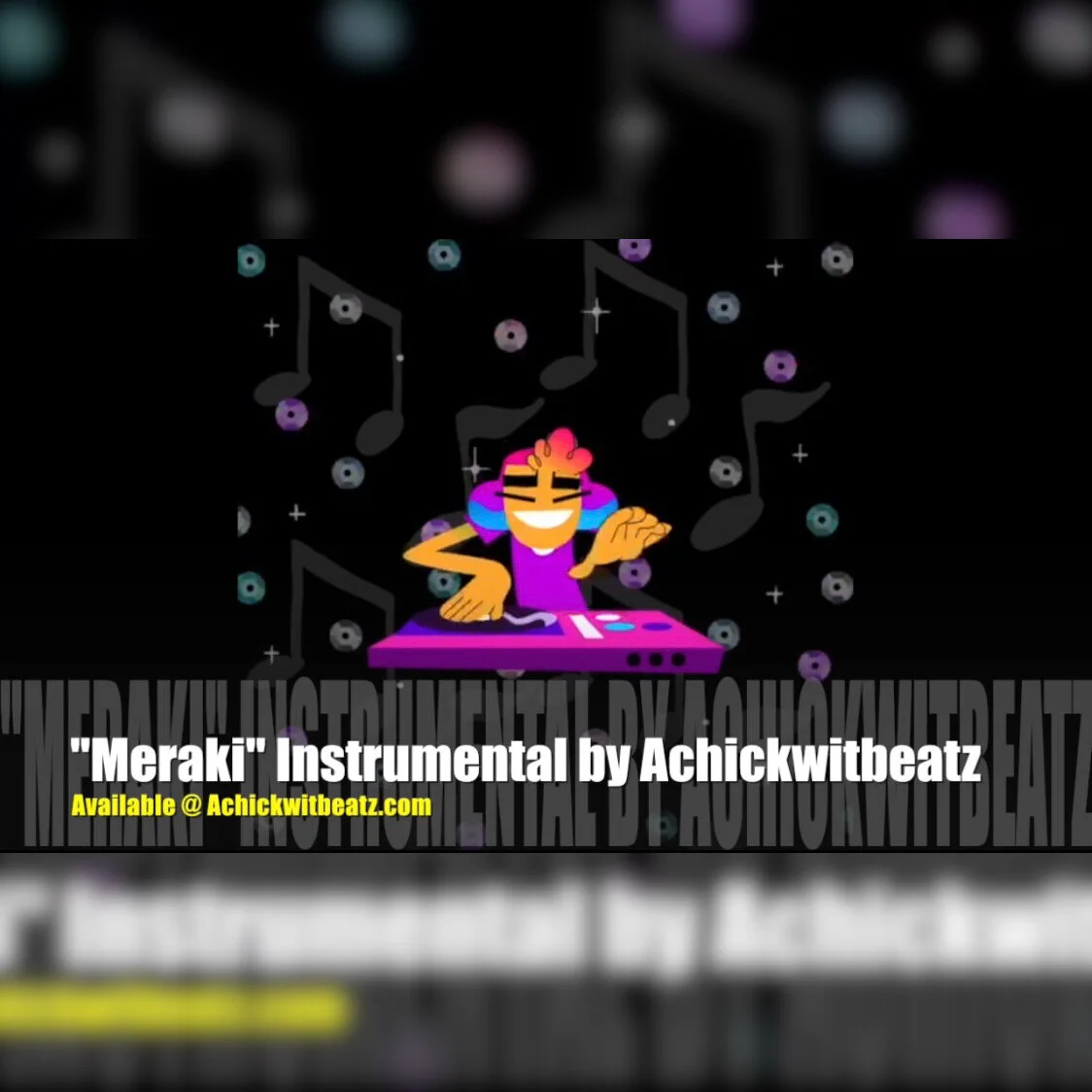Photo by Siednji Leon on Unsplash
Independent artists face an ongoing challenge: how do we maintain meaningful engagement with our fans in an environment where social media algorithms increasingly limit our reach? Public platforms still play a role, but more artists are exploring private communities, like Discord and other group-based spaces, as a way to create deeper and more consistent connections.
In my current research (both for my own projects and to support fellow artists), I’ve been focused on understanding how platforms like Discord can help independent music artists build authentic, long-term relationships with their audience. Here’s what I’ve learned so far, what I’m still exploring, and what artists may want to consider if they’re thinking about using these tools.
Why Private Communities Matter More Than Ever
Photo by Mohammad Rahmani on Unsplash
Engagement isn’t just about posting frequently anymore, it’s about cultivating spaces where fans feel seen, heard, and invited to participate. Public platforms tend to reward short bursts of attention, but private communities, on the other hand, allow artists to foster sustained interaction.
These spaces act as an opt-in filter: the people who join are typically more invested. For independent artists, this can translate into a more reliable core audience, not just for releases, but for feedback, content testing, and even crowdfunding support.
How Discord Gained Traction
Photo by Alexander Shatov on Unsplash
Originally built for the gaming community, Discord has become an increasingly popular tool among creatives for organizing and communicating with niche audiences. In reviewing how other artists are using the platform, several key advantages stand out:
Always-on Community: Unlike the timeline-driven structure of social media, Discord allows for dedicated channels by topic (e.g., announcements, feedback, event info), making it easier to organize engagement efforts. Discord servers run 24/7, and fans can pop in any time to catch up on conversations, listen to music, or join voice chats.
Custom Channels: You can set up channels for feedback, announcements, behind-the-scenes content, or even topics like mental health or production tips.
Custom Roles and Access: Artists can segment their communities by level of engagement, for example, offering exclusive access to paid supporters or collaborators. This feature lets you reward superfans or patrons with exclusive channels or early access.
Voice and Stage Channels: These tools allow for spontaneous or scheduled audio interactions, all without leaving the platform. They’re great for impromptu listening sessions, Q&As, or just vibing with your audience in a way that feels more personal than a livestream.
Real-Time Interaction: Unlike email, Discord enables immediate, multi-directional conversation, which can increase loyalty when used strategically.
What I’ve Noticed Works (and What Doesn’t)
Photo by Agence Olloweb on Unsplash
In observing artist-run communities and studying best practices, I’ve identified a few patterns that contribute to successful engagement — and others that present challenges.
What’s Working:
Clear Purpose: Servers that have a defined vibe or mission (like “early access for fans” or “collab space for producers”) tend to attract more consistent participation.
Consistency > Frequency: You don’t need to be active 24/7, but even just posting every few days with intention shows you're present.
Letting Fans Co-Create: Channels where fans share their own remixes, artwork, or playlists get way more traction than just push announcements.
Pinned Resources: Pinning simple how-tos, upcoming dates, or streaming links saves everyone time and reduces confusion.
What to Watch Out For:
Empty Rooms Are Awkward: If you invite too many people too soon, you risk a ghost town. It appears to be better to build slowly and seed some conversations first.
Overbuilding Too Early: Launching with too many channels can make the space feel empty or confusing. A streamlined approach with 3–5 starting channels is often more effective.
Moderation Matters: Even small groups need clear community guidelines and occasional check-ins. Without structure, even small communities can lose focus, or become unwelcoming, and conversations can drift or turn toxic.
Passive Member Base: Communities need intention, otherwise, fans may join but never engage. Prompted conversation starters and regular touchpoints help address this.
Other Platforms Artists Are Exploring
Photo by Austin Distel on Unsplash
Discord is the most feature-rich option, but it’s not the only one artists are using:
Facebook Groups are still useful, particularly if your audience skews older or is already on the platform regularly.
Geneva offers a mobile-first experience and is more lifestyle-focused, potentially useful for genre-based or identity-based communities.
Telegram allows for fast updates and lightweight messaging but lacks the structure needed for multi-threaded conversations.
Slack is less artist-to-fan friendly, but it may be a good fit for team/street-team communication or label infrastructure.
Each platform has trade-offs. What matters most is where your audience feels comfortable and what kind of connection you want to create. Choosing the right platform depends on your audience’s habits, your content strategy, and the level of interaction you want to maintain.
Putting It All Into Practice
Photo by @felipepelaquim on Unsplash
Discord and private groups offer something that’s increasingly rare in today’s digital music ecosystem: a chance to build direct, sustained relationships with your audience outside the noise of the algorithm. These tools aren’t meant to replace your broader marketing strategy, but they can amplify it in ways that are more personal, participatory, and resilient.
I’m learning that building a private community takes time, and more importantly, it takes intention. You’re doing much more than just promoting your music, you are creating a space where people feel seen and included. And that’s way bigger than just pressing play.
If you’re currently experimenting with Discord or another private group space, I’d be interested to learn what’s working for you. This is an evolving area, and we can learn more and move faster by comparing notes as we go.
- Art
- Independent Labels
- Internet Radio
- Music Documentaries
- Album Reviews
- Music History
- Music Industry News
- Free Game Friday
- Free Downloads
- Poetry
- Books
- Interviews
- Did You See It?!
- Hip Hop History
- Hear Here
- Music News
- Hip Hop Documentaries
- Music Marvels Radio Show
- Think Piece Thursday
- Mini Documentaries
- Instrumental Intel
- Music Humor
- Indie Analysis
- Conversations & Quotables
- Music
- Resources for Artists
- Podcasts
- Beats/Instrumentals
- Music Education
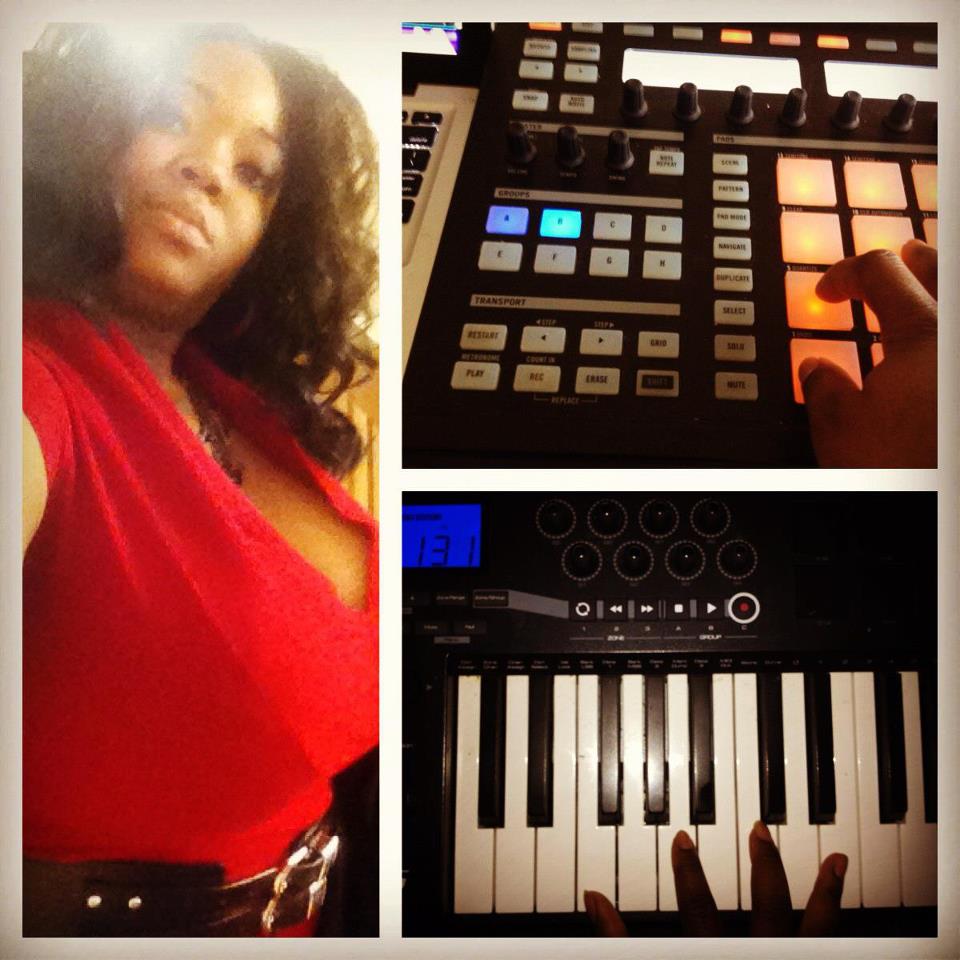

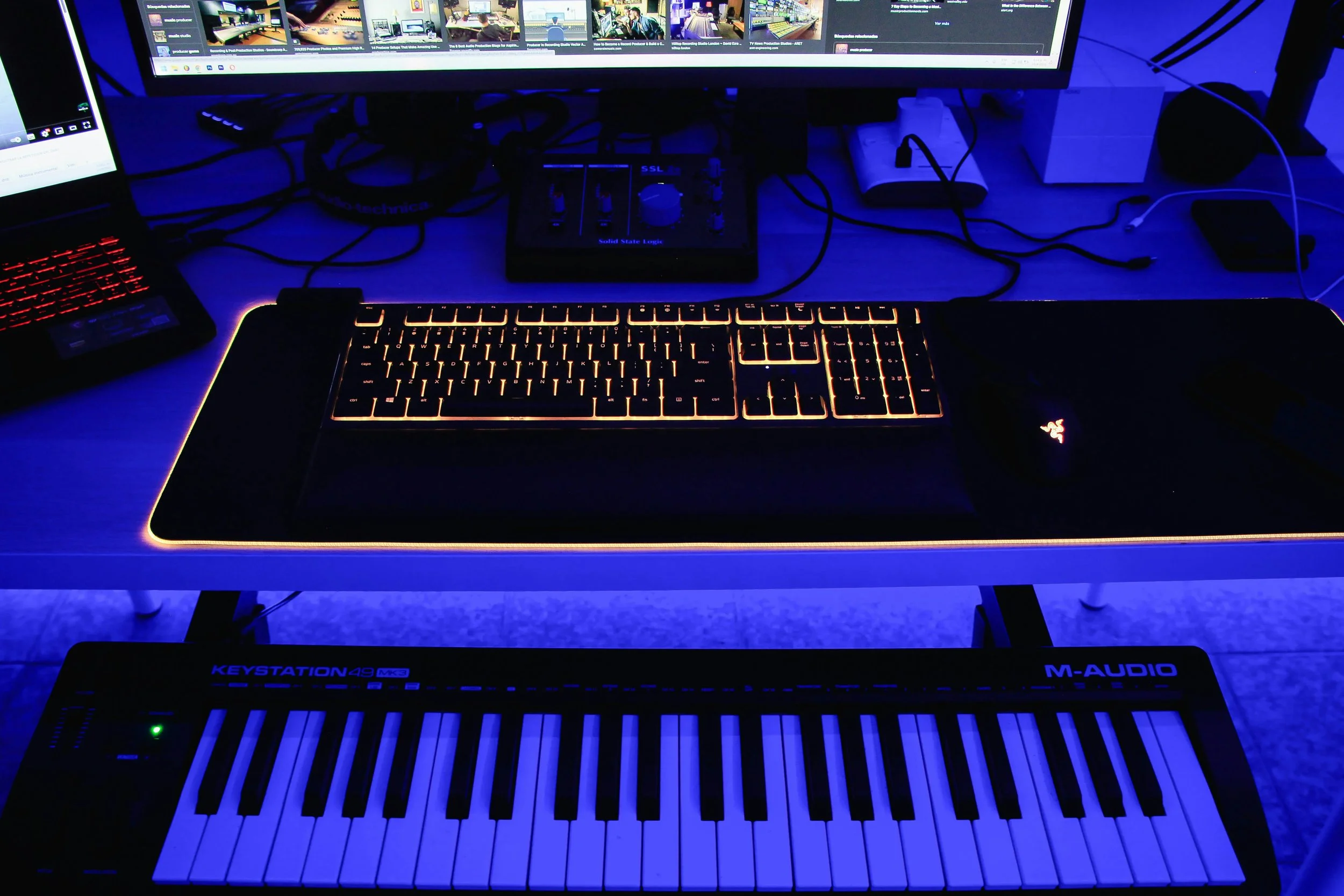












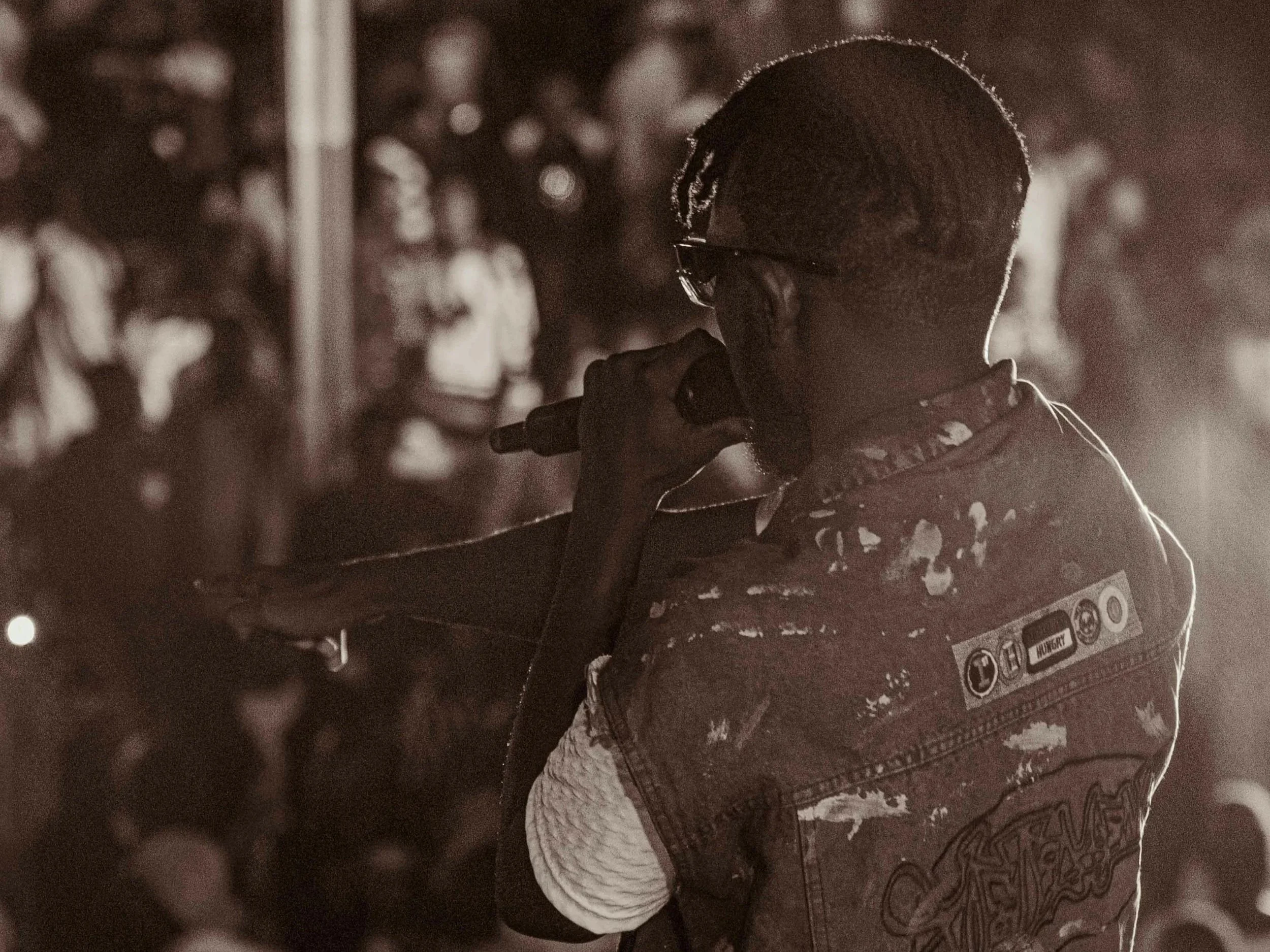



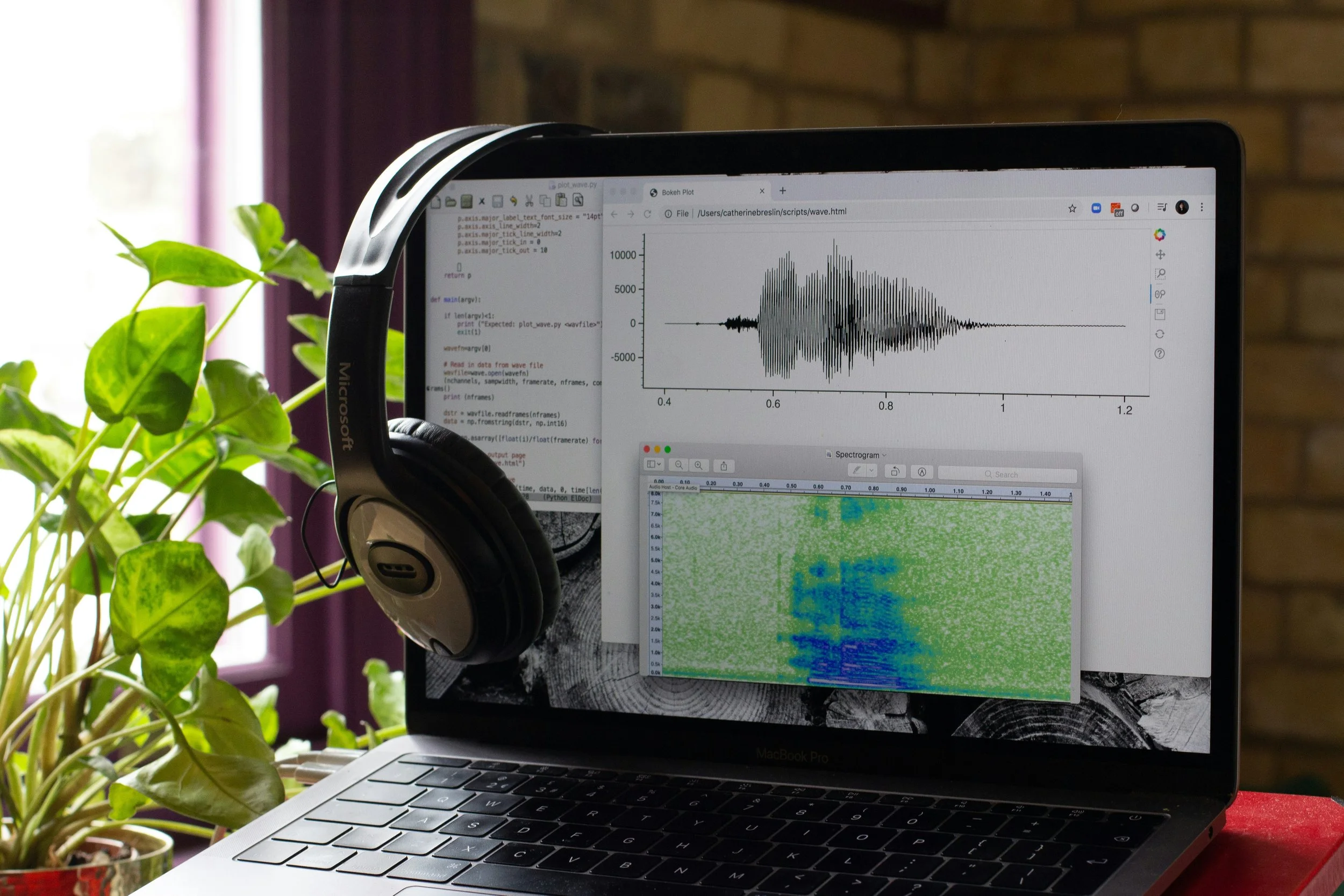





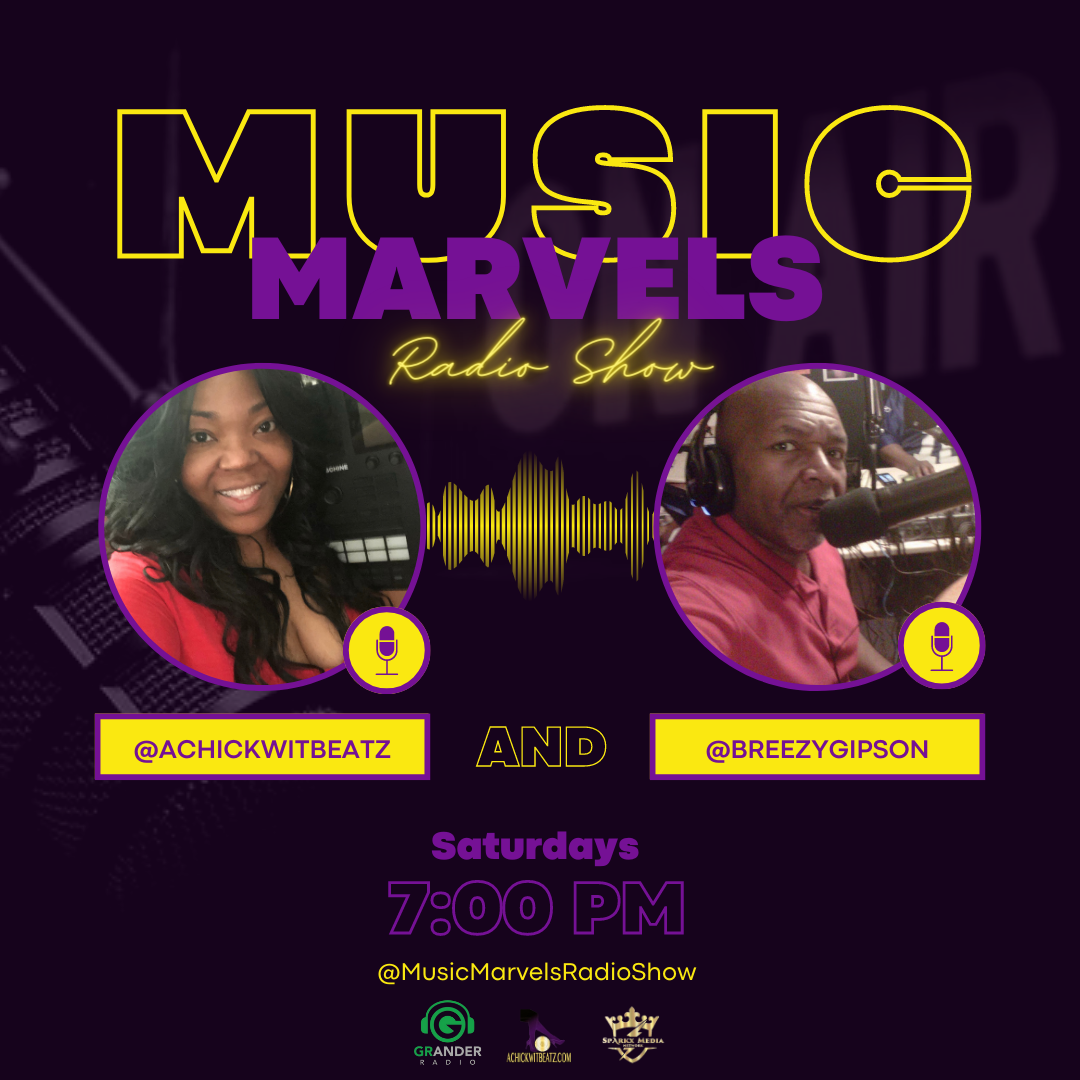
![Hear Here: Achickwitbeatz - Dopamine & Serotonin [Single]](https://images.squarespace-cdn.com/content/v1/52b0b90ae4b0293bfed0d692/1710852808557-EZYGFDIBHLBSIRFOVS1Q/Dopamine+%26+Serotonin.JPG)



